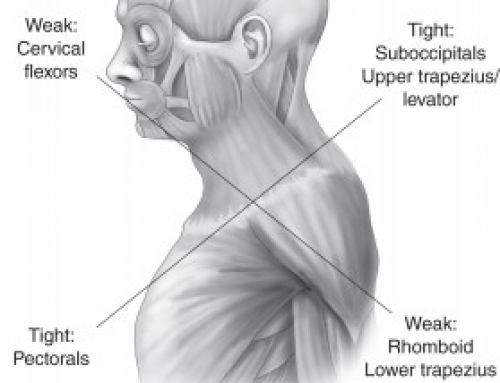Sciatica is a term for symptoms of pain along the large sciatic nerve that runs from your lower spine and down the back of each leg. It is relatively common, and occurs when the sciatic nerve is irritated or compressed by some type of problem in your lower back.
When any of the nerve roots in your lower back are irritated, pain travels from the nerve root to the sciatic nerve, down to the buttock, and sometimes down the back of the leg.
Sciatica is nerve pain
Sciatica pain is often experienced as a shooting, searing pain that radiates down the back of the leg. Sometimes, numbness, tingling, or burning is felt along the nerve. Some people describe the nerve pain as electric-like. Conversely, sciatica symptoms may be experienced as more of a constant, dull pain.
Several common lower back problems cause sciatica
The most common causes of sciatica in younger adults tend to be a lumbar herniated disc, degenerative disc disease , or isthmic spondylolisthesis.
In adults over age 60, the most common causes tend to be degenerative changes in the spine, such as lumbar spinal stenosis or degenerative spondylolisthesis.
The term sciatica is often misused, and people may be tempted to self-diagnose and self-treat the wrong cause of their sciatica. However, knowing the underlying cause of your sciatica symptoms is important in order to get the right treatment.
Some conditions mimic sciatica
Many people refer to any type of leg pain as sciatica, but in fact, there are many causes of leg pain that are not medically classified as sciatica and need to be treated differently.
Examples of problems that are not sciatica but can cause similar symptoms include:
- Joint problems in the spine, such as arthritis, can refer pain from the joints into the leg, but this pain is not technically sciatica, and the treatment for it is different. For arthritis, treatment focuses on nonsurgical therapies with the goals of preserving motion in the joints and reducing pain long term.
- Sacroiliac joint dysfunction is a relatively common cause of lower back, hip, and/or leg pain. Too much or too little motion in the sacroiliac joints can cause pain that radiates down your leg and feels like sciatica. Treatment for sacroiliac joint dysfunction is usually non-surgical and focuses on restoring normal motion in the joint.
- Piriformis syndrome also causes symptoms similar to sciatica. It occurs when the piriformis muscle in the buttocks irritates the sciatic nerve, which can cause pain to radiate along the path of the nerve into your leg. This type of pain is technically not sciatica, because the nerve irritation does not originate in the lower back.
Common Sciatica Symptoms
Usually, sciatica only affects one side of the lower body and the pain often radiates from the lower back all the way through the back of the thigh and down through the leg.
Some combination of the following symptoms is most common:
- Lower back pain, if experienced at all, is not as severe as leg pain
- Constant pain in only one side of the buttock or leg, but rarely both the right and left sides
- Pain that originates in the low back or buttock and continues along the path of the sciatic nerve – down the back of the thigh and into the lower leg and foot
- Pain that feels better when patients lie down or are walking, but worsens when standing or sitting
- Pain that is typically described as sharp or searing, rather than dull
- Some experience a “pins-and-needles” sensation, numbness or weakness, or a prickling sensation down the leg




